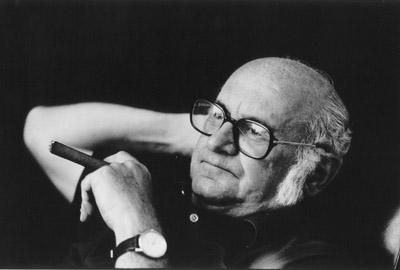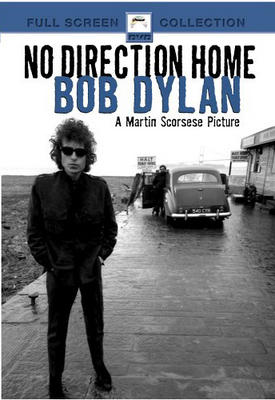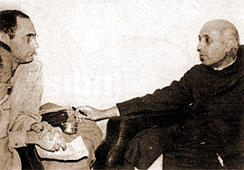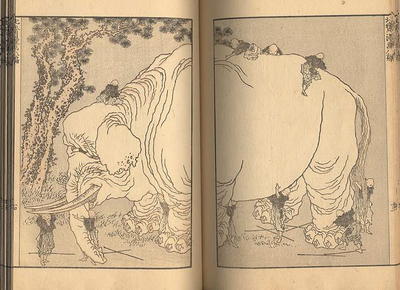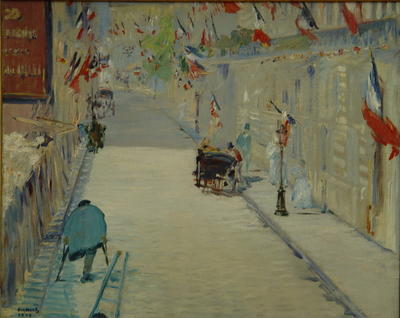de Young Museum in fog
A party was held at the new de Young Museum in San Francisco on October 20th for the local art world. The event was sponsored by the Fine Arts Museums of San Francisco, which encompasses both the de Young and the Legion of Honor, and the San Francisco Art Dealers Association. We were asked to arrive in festive attire.
A heavy San Francisco fog shrouded the new building which seemed to appear briefly then vanish into the mist. The new structure looked less like a beached aircraft carrier and more like the Enterprise cloaking and uncloaking in Golden Gate Park during one of the Star Trek films.
The new de Young is both spacious and elegant which gives the art room to breathe. The architects, the Swiss firm Herzog & de Meuron and Fong & Chan Architects from San Francisco, have allowed the function of the building to determine its internal look and structure. "We wanted to keep the art itself in the foreground," Herzog says.
 Looking down on Andy Goldsworthy's "Drawn Stone"
Looking down on Andy Goldsworthy's "Drawn Stone"For me the strength of the de Young is its eclectic collection. The new pieces commissioned for the building by Gerhard Richter, Kiki Smith, Ed Ruscha, James Turrell and Andy Goldsworthy only add to the wacky and wonderful mix, which ranges from pre-Columbian art, to African, to Oceanic, to Colonial America, topped off with a growing collection of contemporary works.
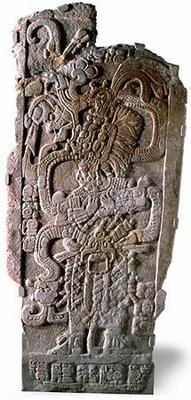
Limestone Stela
Maya, Southern Lowlands, Mexico, Guatemala, or Belize. AD 761. 82 x 42 inches.
Harry S. Parker, who heads the museum, was beaming at the reception. He recently wrote in a director's note prefacing the Fall issue of the Fine Arts Magazine, "Inviting these artists to apply their vision and skills to the new de Young meant taking some risks, and we have made bold choices. But art should always challenge us to take risks, to explore the new, to realize as Kiki Smith says,"Making art is trusting the practice."
The Wilsey Court with Gerhard Richter's "Strontium" - A massive piece constructed of digital photos mounted on aluminum panels which have been fitted together to create one work representing the atomic structure of strontium titanate, a synthetic substance often used to create artificial diamonds.
“The units that compose Richter’s mural are photographs based in the realm of nanotechnology, which has tremendous resonance for San Francisco and the greater Bay Area, the capital of the high tech industry. The piece also relates wonderfully to the museum itself in that the pattern of circles throughout the mural is reminiscent of the perforated copper cladding on the new de Young building.” -Daniell Cornell, Associate Curator of American Art.
Viewed from the balcony above, the mass of swirling partygoers beneath Richter's "Strontium" could be imagined as sub-atomic particles whizzing around the room. It was both elegant and slyly humorous.

Many of the artists present at Thursday's reception came up to me and expressed their excitement at finding well known, but sorely missed artworks, in fresh locations.
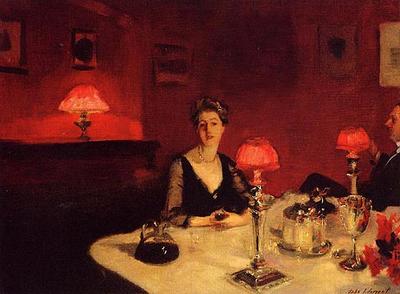
John Singer Sargent
"A Dinner Table at Night"
The de Young is now so new that the smells of carpet glue, fresh paint and floor wax fill the space. In time the copper exterior will gain a rich patina and the interior will bear the marks of visitors and school tours. In time the museum will find its new place in Golden Gate Park and the San Francisco community.








